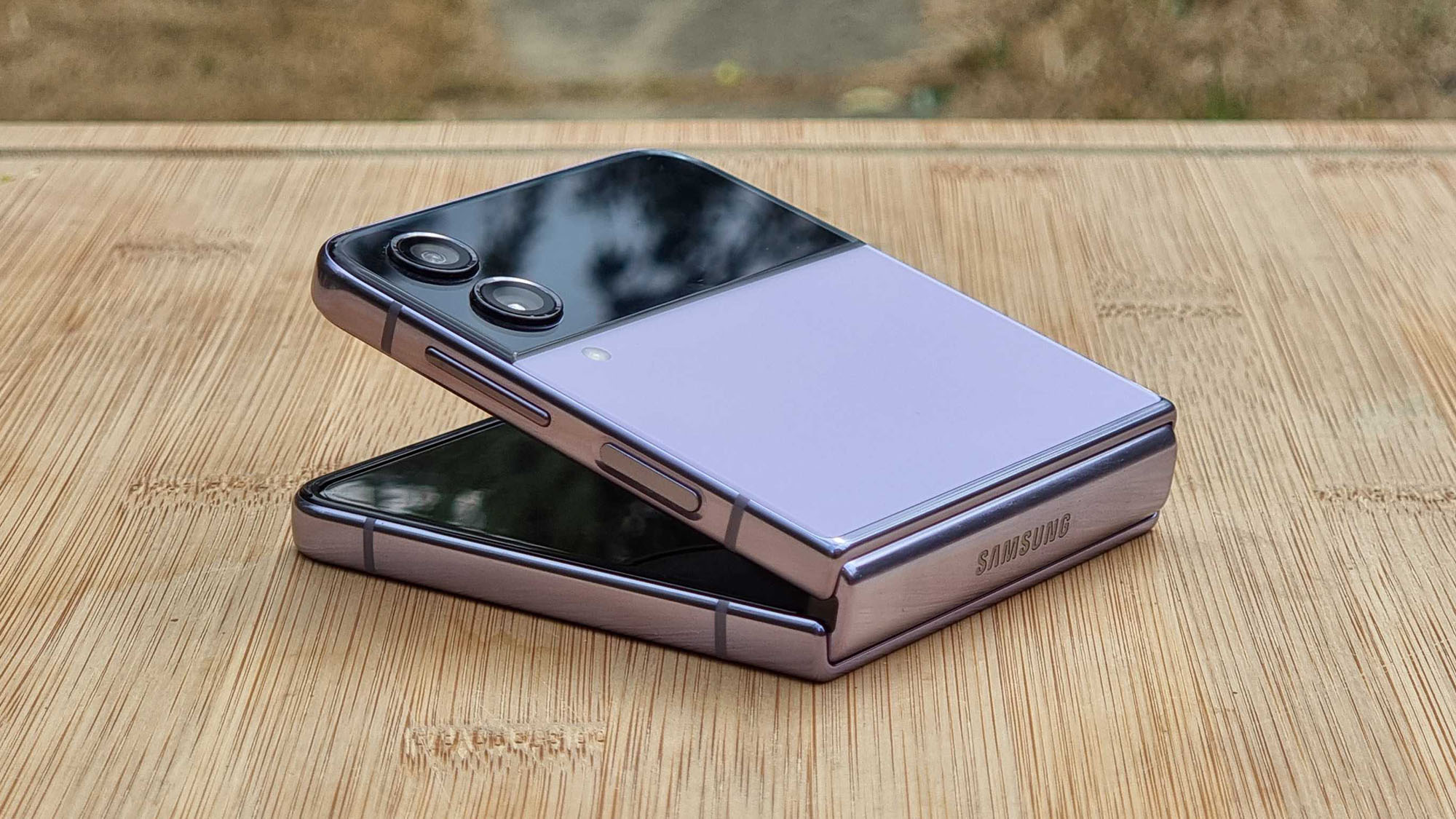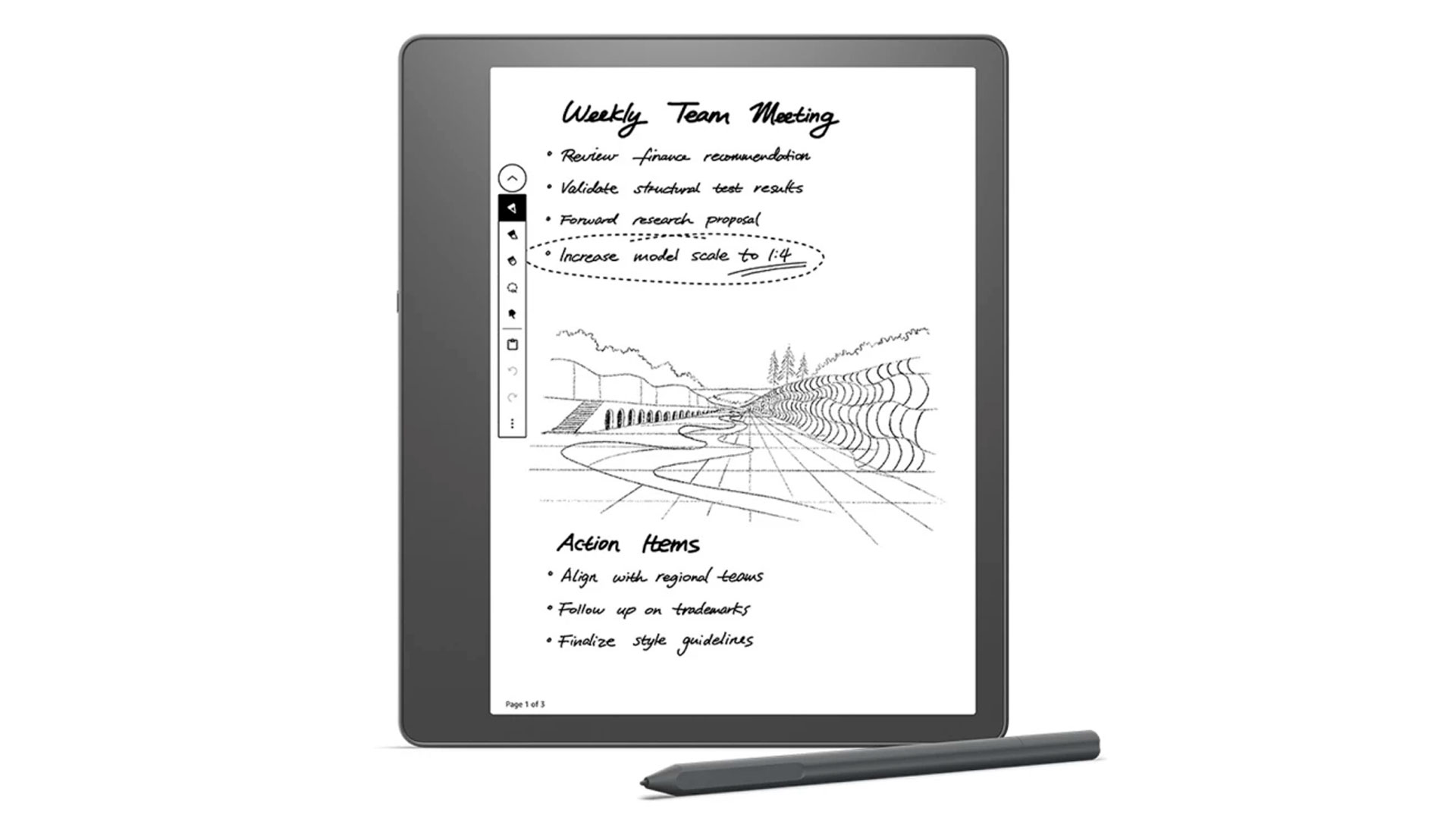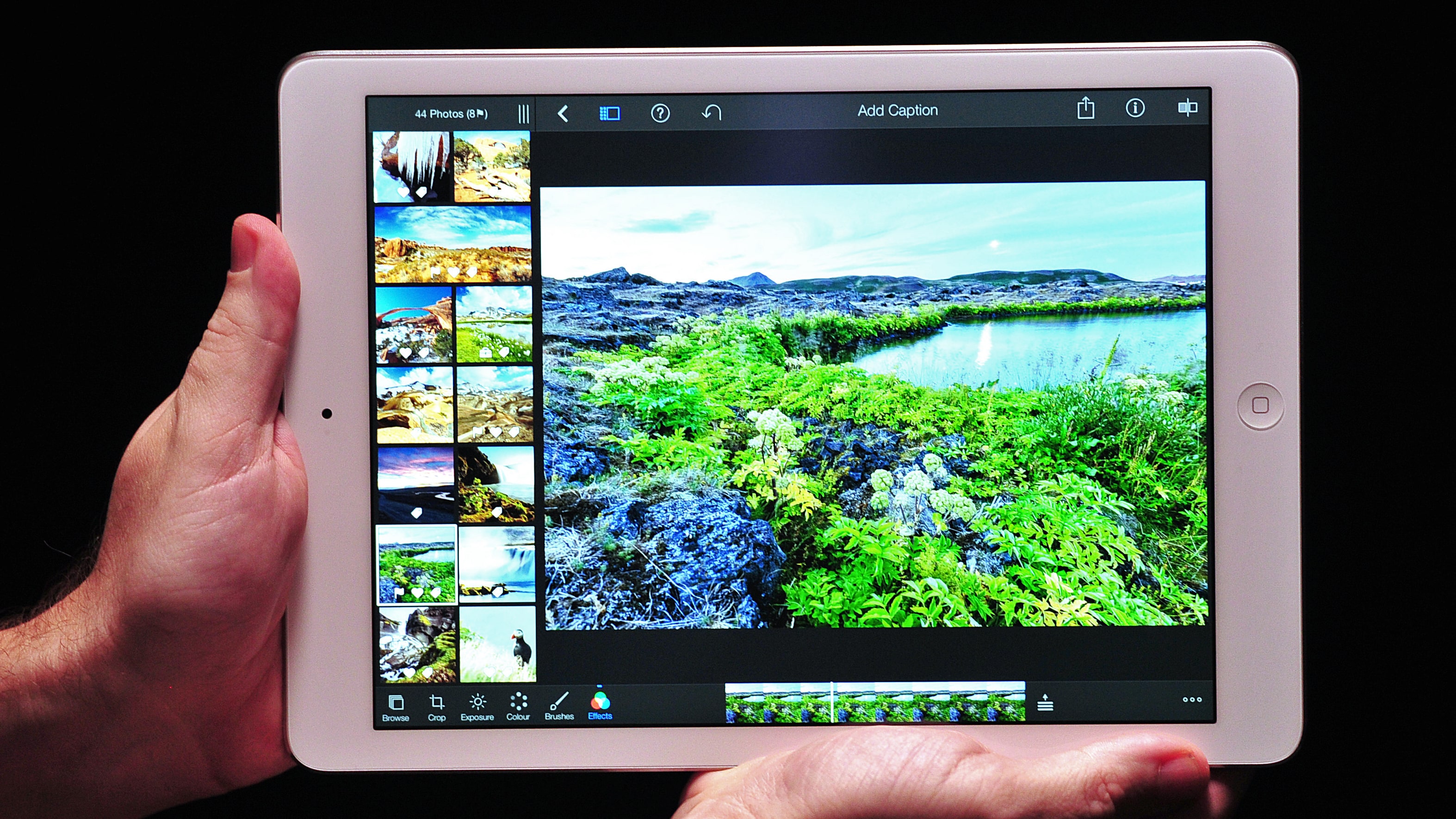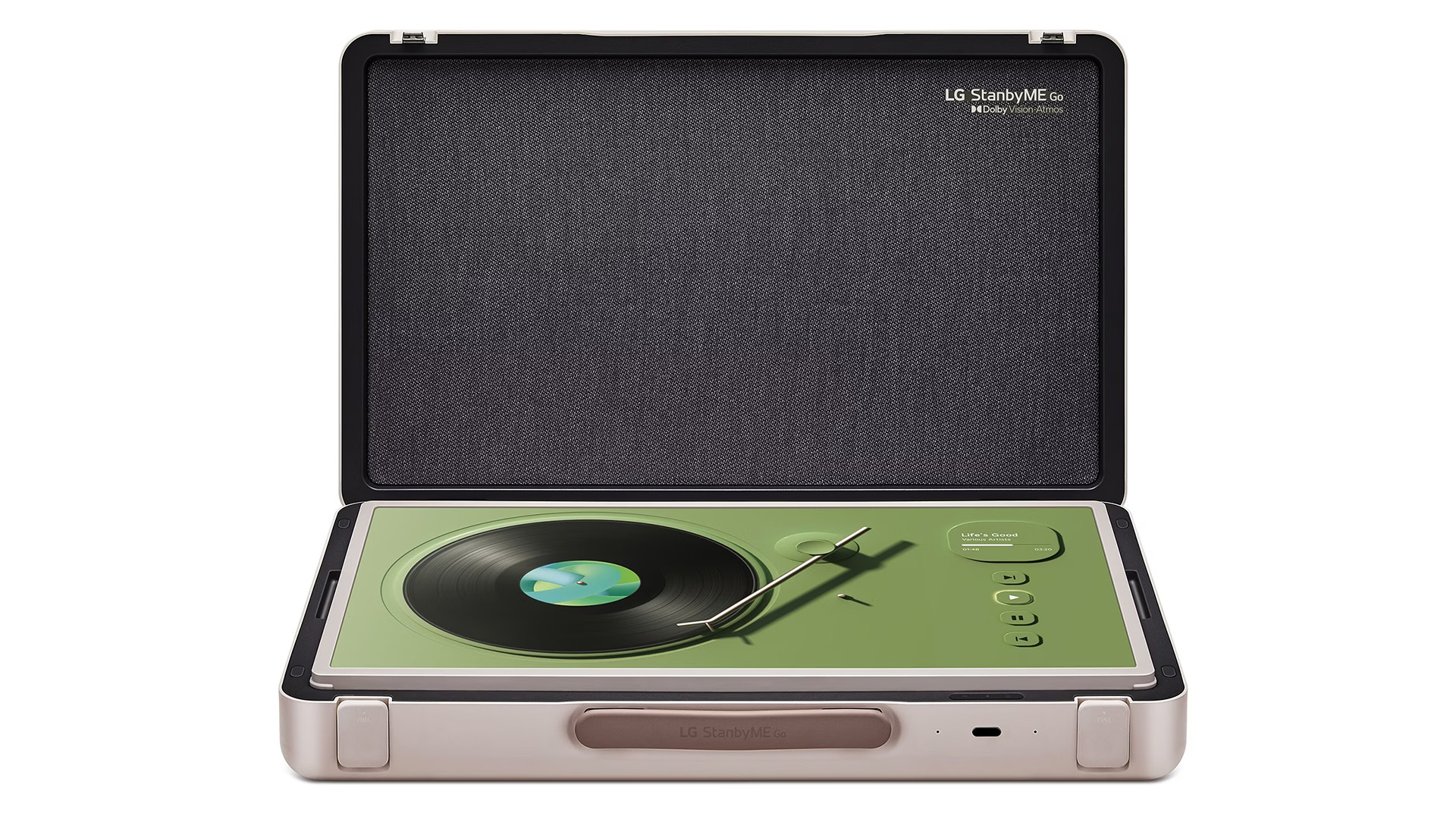Apple's big WWDC 2023 event will kick off on June 5 with the company streaming the big opening keynote for everyone to watch online. There's sure to be a lot to get through and with hopes high, we're now learning more about what we should expect from the big event.
With Apple already expected to announce the Reality Pro AR/VR headset and show off the software that will power the iPhone, iPad, Mac, Apple TV, and Apple Watch into 2024, it's shaping up to be a big event — and that's before you remember that the 15-inch MacBook Air is also on the horizon.
But now Bloomberg's Mark Gurman has added further fuel to the fire, stoking expectations that there will be "several new Macs" unveiled at an event that he also believes will be "one of Apple's longest ever." How long? It'll "easily exceed two hours," he thinks.
More Macs, but which ones?
Gurman's news came via a post on Twitter that didn't get into too many details but was just enough to whet the appetite. It also brings up the obvious question of what Macs Apple will show off next week.
At this point the 15-inch MacBook Air is a given — there have been too many rumors for that not to arrive now. But what else will Apple unveil?
The M3 chip is unlikely to be involved. The 15-inch MacBook Air will reportedly use an M2 chip and it would be old news immediately if a new chip arrived in another Mac during the same event.
With that in mind, it seems more likely that Apple will finally announce the Apple silicon Mac Pro, likely powered by at least one M2 Ultra and perhaps even multiple chips fused together. Time will tell, but with the Mac Pro being the last Apple silicon holdout, it's only a matter of time before it gets the refresh it's crying out for.
I’m expecting three major focus areas next week: 1) several new Macs, 2) the mixed-reality headset, 3) the new OSs. With all of the new hardware and software, I expect the keynote to be one of Apple’s longest ever and easily exceed two hours.May 31, 2023
It's always possible that Apple has a new machine in the works as well. Something that hasn't leaked and will join the existing Mac lineup. But that doesn't seem likely at this point. An M2 Ultra version of the Mac Studio could join the Mac Pro, but that product's usefulness will very much depend on what the updated Mac Pro actually has to offer. Can Apple's lineup carry two pro-level desktop Macs at the same time? They can't both be the best Mac in the lineup, after all.
The loss of the iMac Pro would suggest not. Either way, roll on WWDC 2023. It's sure to be quite the (long) show.
from TechRadar - All the latest technology news https://ift.tt/zcp1hF6










